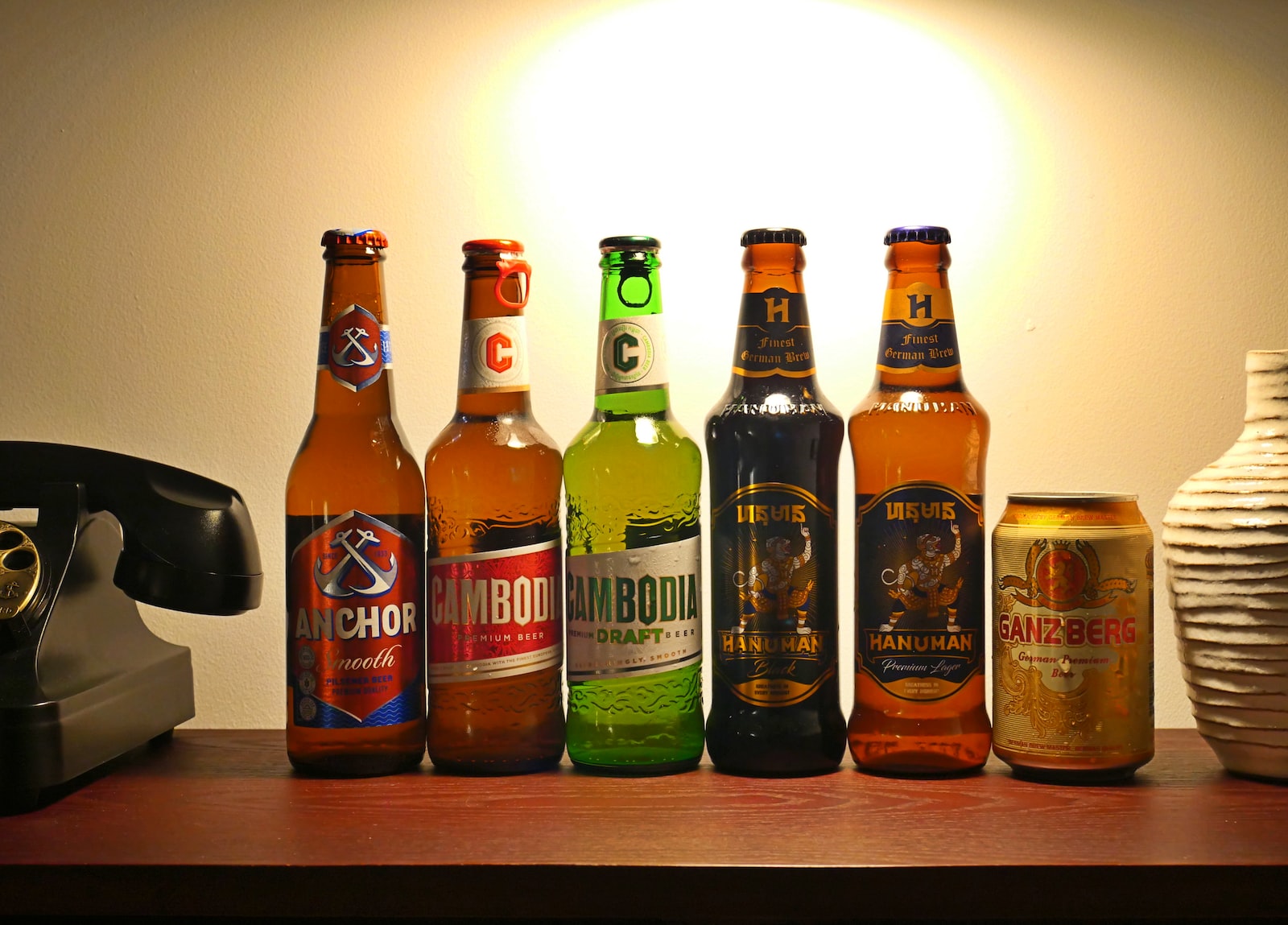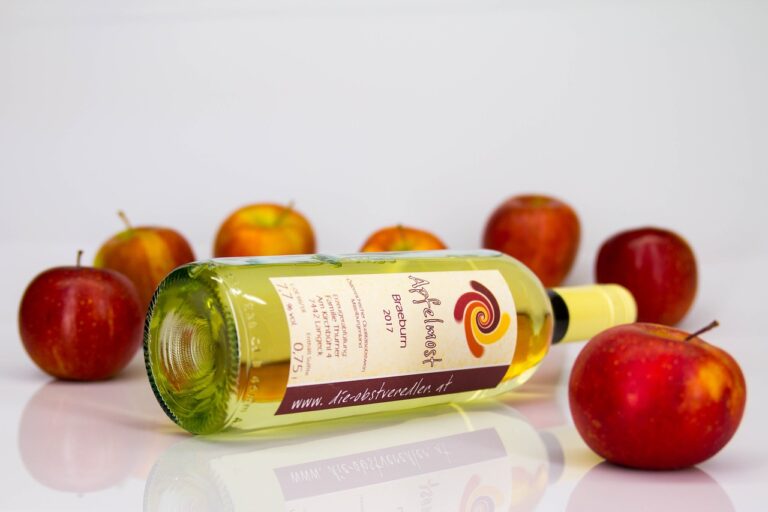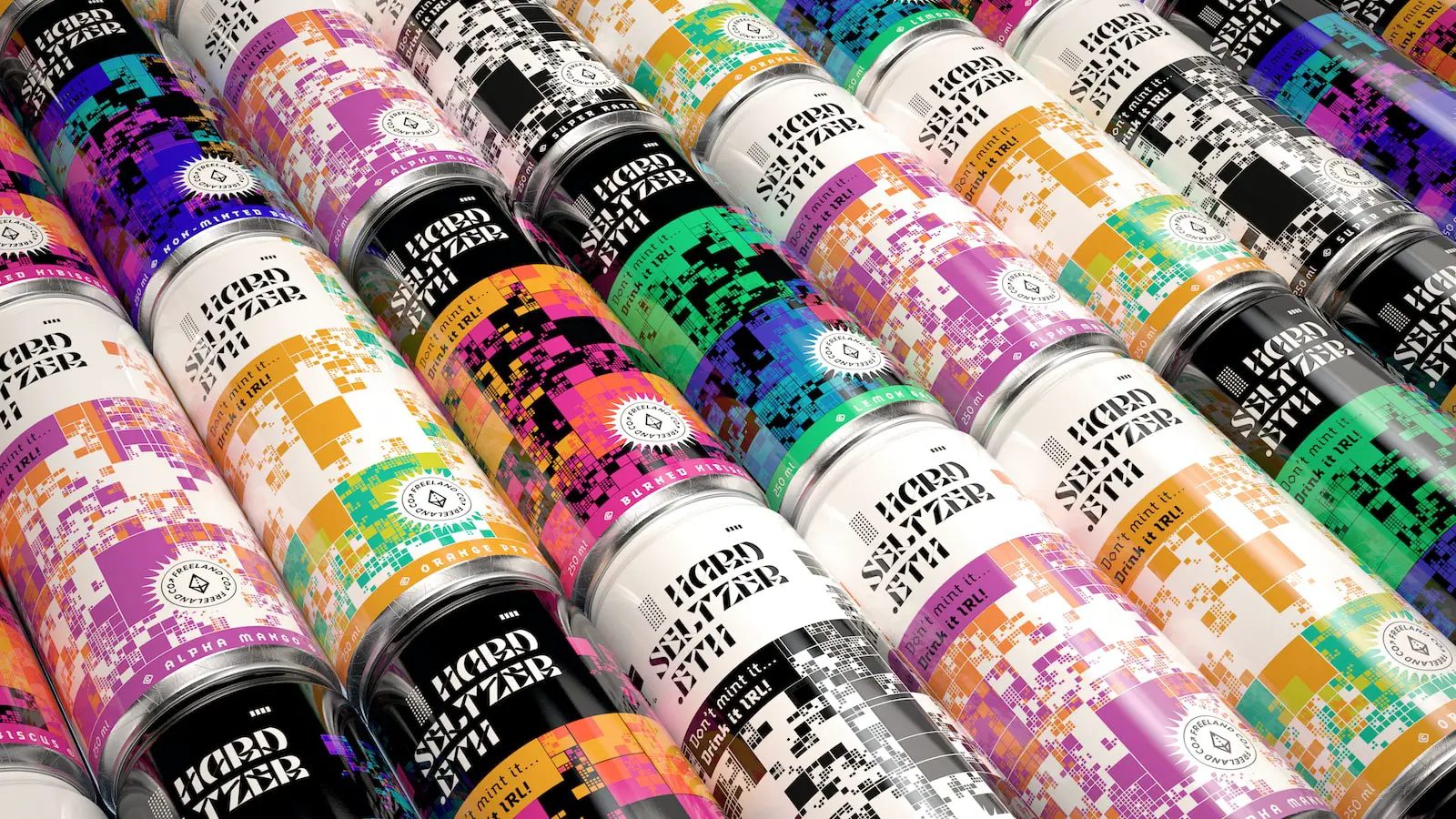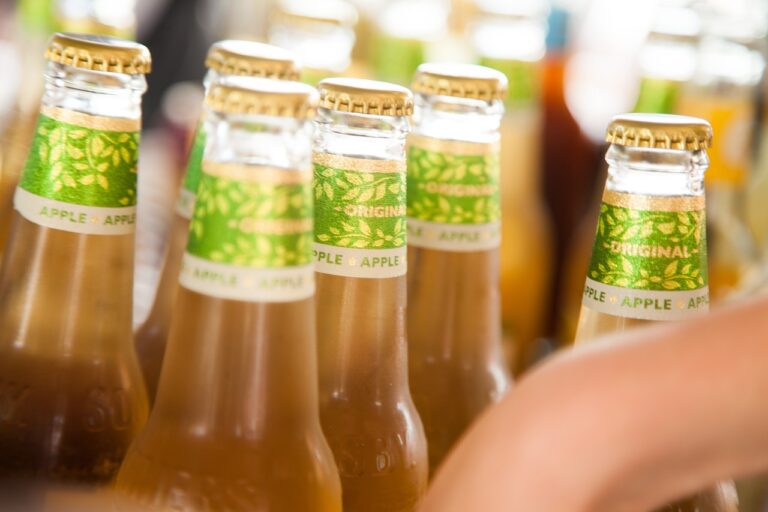In the brewing process, fermentation is very essential. How long should homebrewers anticipate waiting for fermentation to take to start? They’re always keen to taste their beer!
It’s difficult to wait while you watch those juicy items float there and work their magic, but it’s worth it. You must be patient.
The starting point for fermentation time is 10-14 days. After the active stage is finished, the product moves into a more aging phase where the flavours mature.
Some fermentations last for over a year! Put it in the refrigerator to drastically slow the fermentation after deciding to stop it based on the flavour you are tasting.
For more information to determine once fermentation starts, keep reading!
What Is the Starting Time for Fermentation?
Fermentation is what creates delicious, homebrewed beer from basic ingredients like water, grain mash, and yeast.
While the procedure itself ends up taking a few days to reach its peak alcohol and carbonation, the initial stages are frequently fairly quick.
3-24 hour shifts after adding yeast to wort, fermentation can begin.
You can speed up the fermentation process when using specific yeast strains. Bubbles appearing on the surface signal the beginning of fermentation.
Yeast gains and stores energy during this time for use in subsequent activities and reproduction. Once respiration is finished, the yeast converts the wort’s sugars to alcohol.
However, the precise time varies due to temperature, oxygen levels, type of yeast, high-gravity beers and water.
Perform a gravity reading and ensure that the temperature is hot sufficient for the yeast, then stir the bucket to see if that will activate the yeast.
Factors Affecting the Time Length of Starting Fermentation
There are a few explanations for the 3-24 hours window, but most of them revolve around the truth that yeast is a living creature with various needs relying on its environment. These elements consist of:
Distinct Yeast Strains
Every strain of yeast has a particular function. For some of them, the function may aid fermentation to start with beer quickly. Similar to this, sluggish fermentation is confined to other varieties.
Some quickly fermenting yeast strains can give your beer a rapid initial fermentation. Without yeast, you’re left with an unappealing wort instead of the grain sugars being converted into alcohol.
As they can withstand higher temperatures, ale yeasts usually start the fermentation process very quickly. An ale typically ferments in a matter of weeks, at most, according to standard practice.
Temperature
The optimum wort temperature varies depending on the type of beer being brewed. Lagers need a cooling effect while ales can tolerate higher temperatures.
A higher ambient temperature at which yeast is active is preferable. But excess heat could kill the organism. If the temperature is too low, it becomes dormant. Yeast prefers room temperature, 68–72°F.
Using Yeast Starter
Making use of a yeast starter is helpful. When a yeast starter is pitched into the wort, it is already tempered. That means it is prepared to take in nutrients, multiply, and convert sugar into alcohol and carbonation.
Respiration
The introduction of oxygen by gentle aeration might hasten the fermentation process. To reproduce and extract nutrients from the wort, yeast needs oxygen.
Although yeast doesn’t need oxygen to grow, adding oxygen to the mixture promotes biosynthesis. This method allows yeast to multiply more quickly and healthily.
Sugar to yeast percentage
By adding more yeast to the wort, you can hasten the fermentation process. Faster sugar consumption results from higher yeast concentrations, which in turn boosts the rate at which energy is converted.
Because the yeast will ingest all the available sugar far more quickly, fermentation could be sped up by increasing the yeast-to-sugar ratio. Under-pitching your yeast will cause fermentation to be delayed.
How Do You Recognize the Beginning of Fermentation?
While it might seem like nothing is happening for the first few hours after you’ve pitched your yeast, know that a lot is happening during this lag phase.
The appearance of bubbles is a sign that fermentation has begun. This foam will quickly turn into your krausen, or the foam cake on the top of your beer, as these bubbles expand and produce more foam.
As carbon dioxide is released, your airlock will probably start bubbling. The presence of carbon dioxide is indicated by particles that may be swirling in the beer as well.
You don’t need to be concerned just yet if your airlock isn’t producing foam and seems slow. To check for changes from the gravity reading you took before pitching the yeast, measure the gravity with a hydrometer.
How Long Do You Brew Beer?
There is a common question for homebrewers: how long do I brew beer? Brewing normally takes between four and six weeks. On day one, the wort is prepared, which is the busiest day!
After that, the beer needs to ferment for two weeks before being conditioned for another two to four weeks, in bottles. The duration of the process is determined by the type of beer being brewed.
The length of beer fermentation depends on the type of beer. Just to clarify, the length of time it takes for a beer to ferment and the length of time it spends in a fermentation vessel are different.
Ales need around two weeks of fermentation time after they’re brewed before they can be bottled. Another two weeks need to become carbonated and transparent after being bottled.
Lagers need an extra two to four weeks on average to reach full maturity.
The brewing process for some speciality beers can take considerably longer. Sour beers go through multiple phases of fermentation, each of which can span several weeks.
Conclusions
Making delicious homebrewed beer from basic ingredients like water, grain mash, and yeast depends on fermentation.
Within 3 to 24 hours, fermentation can begin but yeast can take extended time from 24 to 72 hours to start fermenting.
Add dry yeast if there are no signs of fermentation after 72 hours. If you are unsure whether the yeast has been successful, you can either taste the beer or take a hydrometer reading.
To hasten the brewing process, commercial breweries and even some amateur brewers are turning to a variety of unique methods.
If you are satisfied with your ferment, put it in the refrigerator to slow down the fermentation process. A perfectly done fermentation procedure adds the flavour profile you want!









